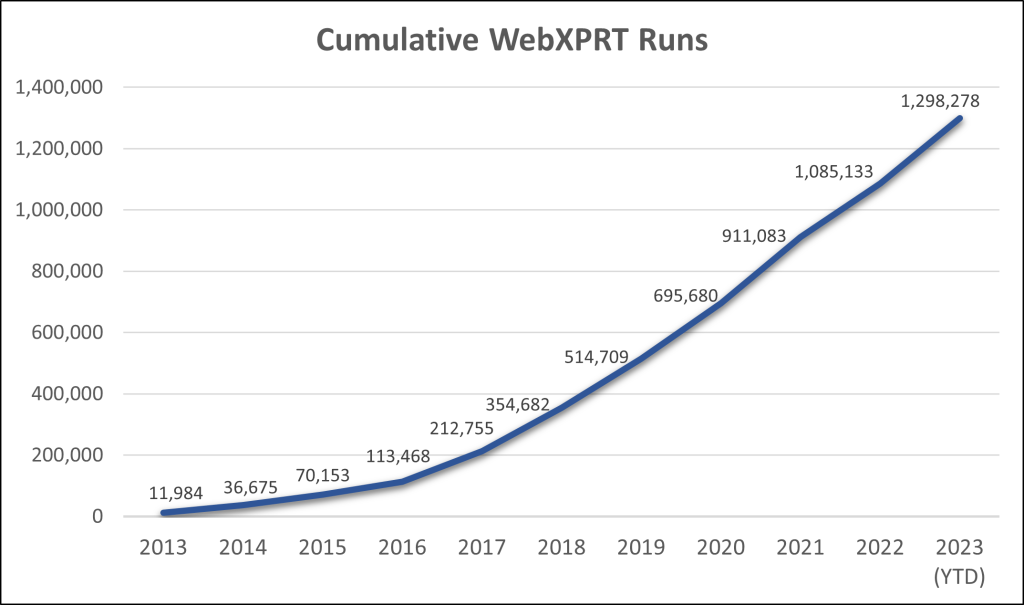Occasionally, we receive inquiries from XPRT users asking for help determining why two systems with the same hardware configuration are producing significantly different WebXPRT scores. This can happen for many reasons, including different software stacks, but score variability can also result from different testing behaviors and environments. While some degree of variability is normal, these types of questions provide us with an opportunity to talk about some of the basic benchmarking practices we follow in the XPRT lab to produce the most consistent and reliable scores.
Below, we list a few basic best practices you might find useful in your testing. Most of them relate to evaluating browser performance with WebXPRT, but several of these practices apply to other benchmarks as well.
- Hardware is not the only important factor: Most people know that different browsers produce different performance scores on the same system. Testers are not, however, always aware of shifts in performance between different versions of the same browser. While most updates don’t have a large impact on performance, a few updates have increased (or even decreased) browser performance by a significant amount. For this reason, it’s always important to record and disclose the extended browser version number for each test run. The same principle applies to any other relevant software.
- Keep a thorough record of system information: We record detailed information about a test system’s key hardware and software components, including full model and version numbers. This information is not only important for later disclosure if we choose to publish a result, it can also sometimes help to pinpoint system differences that explain why two seemingly identical devices are producing very different scores. We also want people to be able to reproduce our results to the closest extent possible, so that commitment involves recording and disclosing more detail than you’ll find in some tech articles and product reviews.
- Test with clean images: We typically use an out-of-box (OOB) method for testing new devices in the XPRT lab. OOB testing means that other than running the initial OS and browser version updates that users are likely to run after first turning on the device, we change as little as possible before testing. We want to assess the performance that buyers are likely to see when they first purchase the device and before they install additional software. This is the best way to provide an accurate assessment of the performance retail buyers will experience from their new devices. That said, the OOB method is not appropriate for certain types of testing, such as when you want to compare as close to identical system images as possible, or when you want to remove as much pre-loaded software as possible.
- Turn off automatic updates: We do our best to eliminate or minimize app and system updates after initial setup. Some vendors are making it more difficult to turn off updates completely, but you should always double-check update settings before testing.
- Get a baseline for system processes: Depending on the system and the OS, a significant amount of system-level activity can be going on in the background after you turn it on. As much as possible, we like to wait for a stable baseline (idle time) of system activity before kicking off a test. If we start testing immediately after booting the system, we often see higher variance in the first run before the scores start to tighten up.
- Use more than one data point: Because of natural variance, our standard practice in the XPRT lab is to publish a score that represents the median from three to five runs, if not more. If you run a benchmark only once and the score differs significantly from other published scores, your result could be an outlier that you would not see again under stable testing conditions or over the course of multiple runs.
We hope these tips will help make your testing more accurate. If you have any questions about WebXPRT, the other XPRTs, or benchmarking in general, feel free to ask!
Justin














